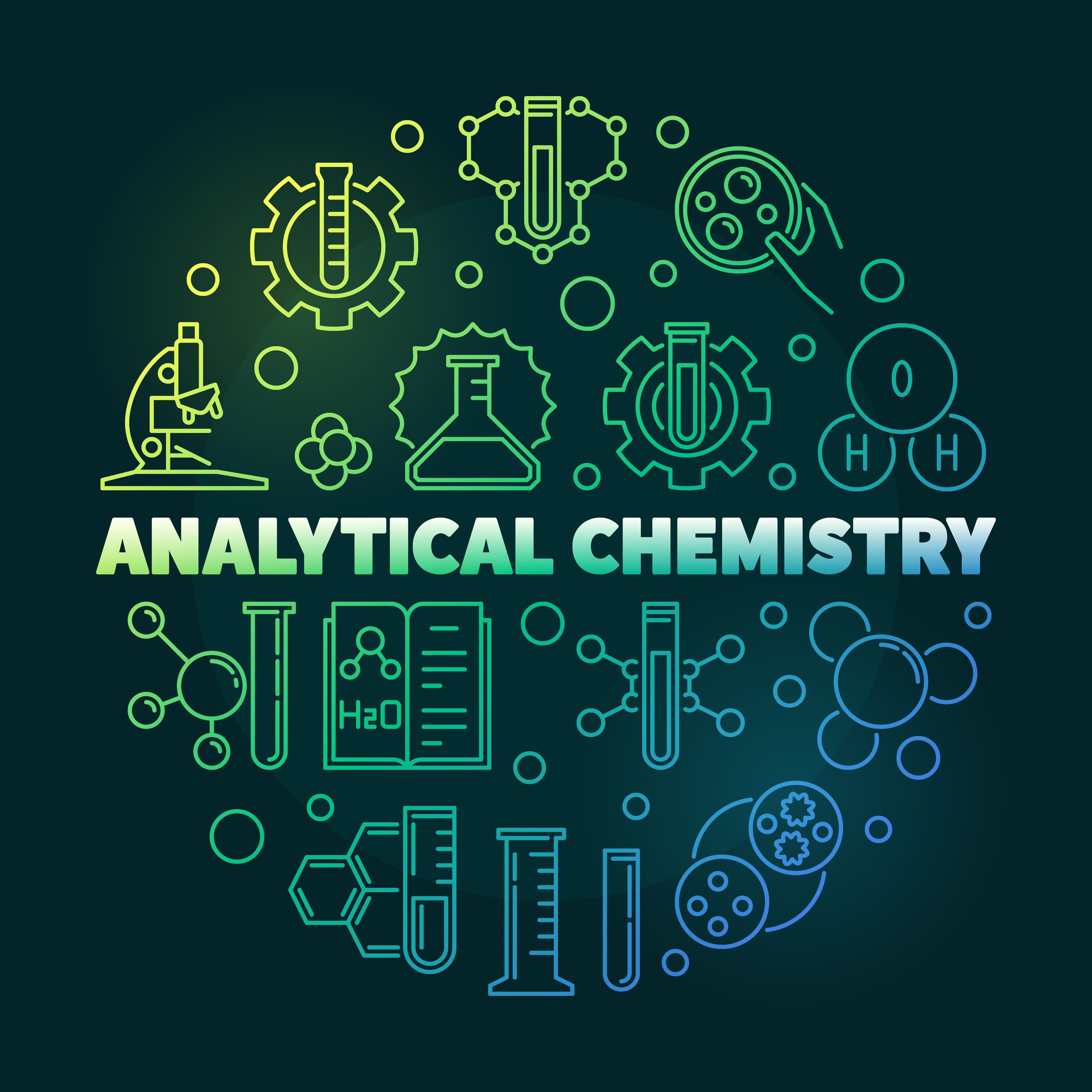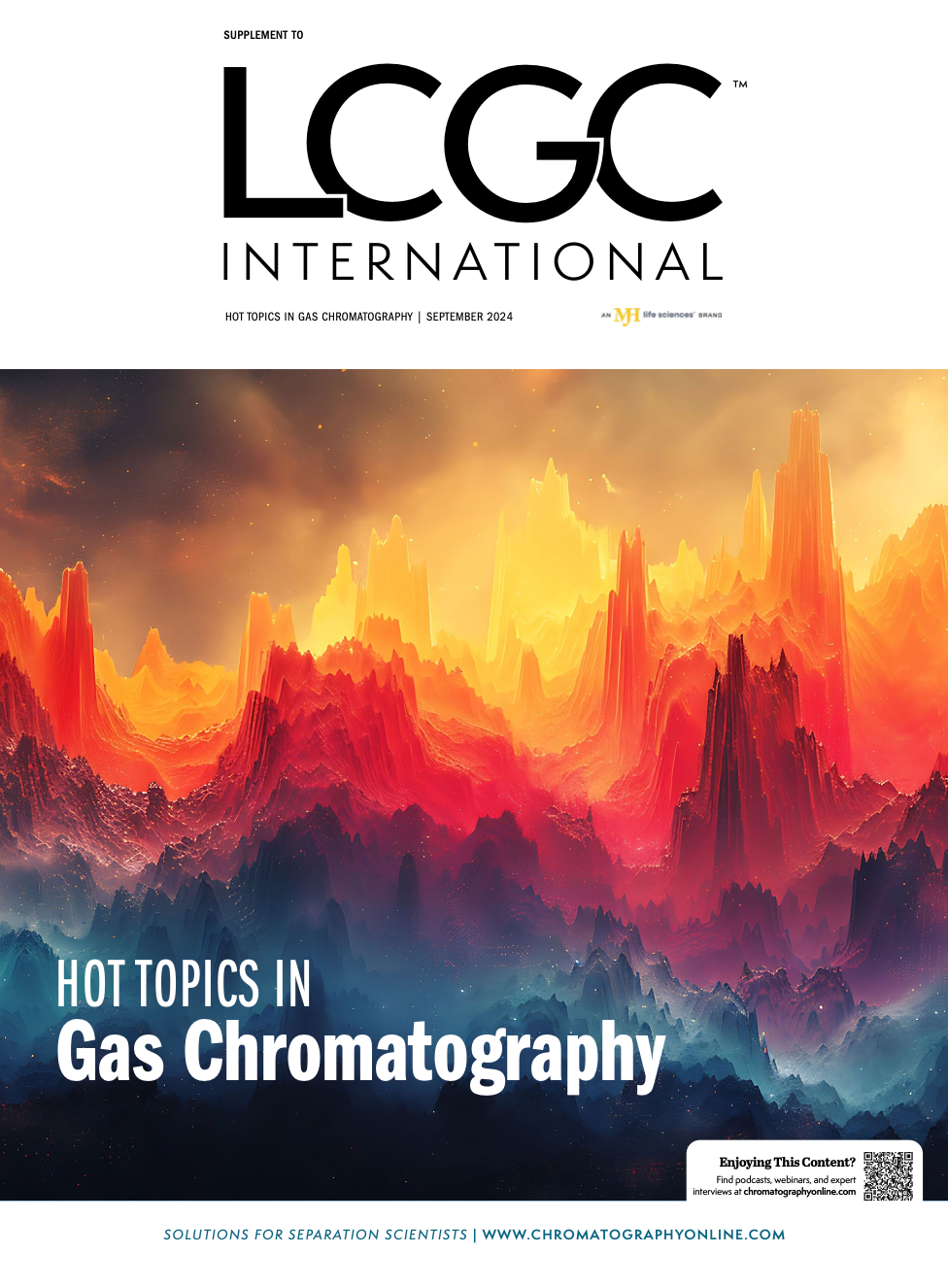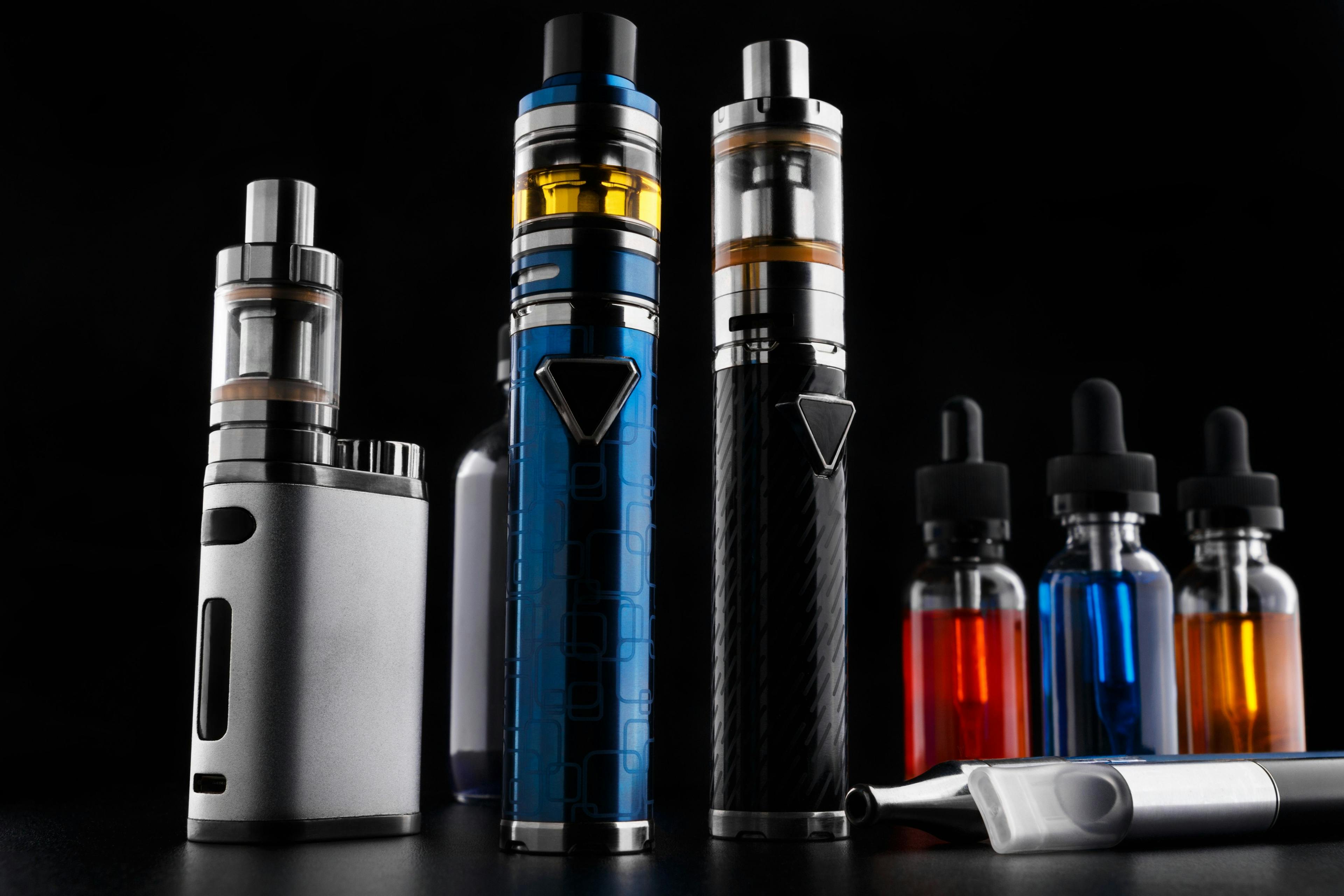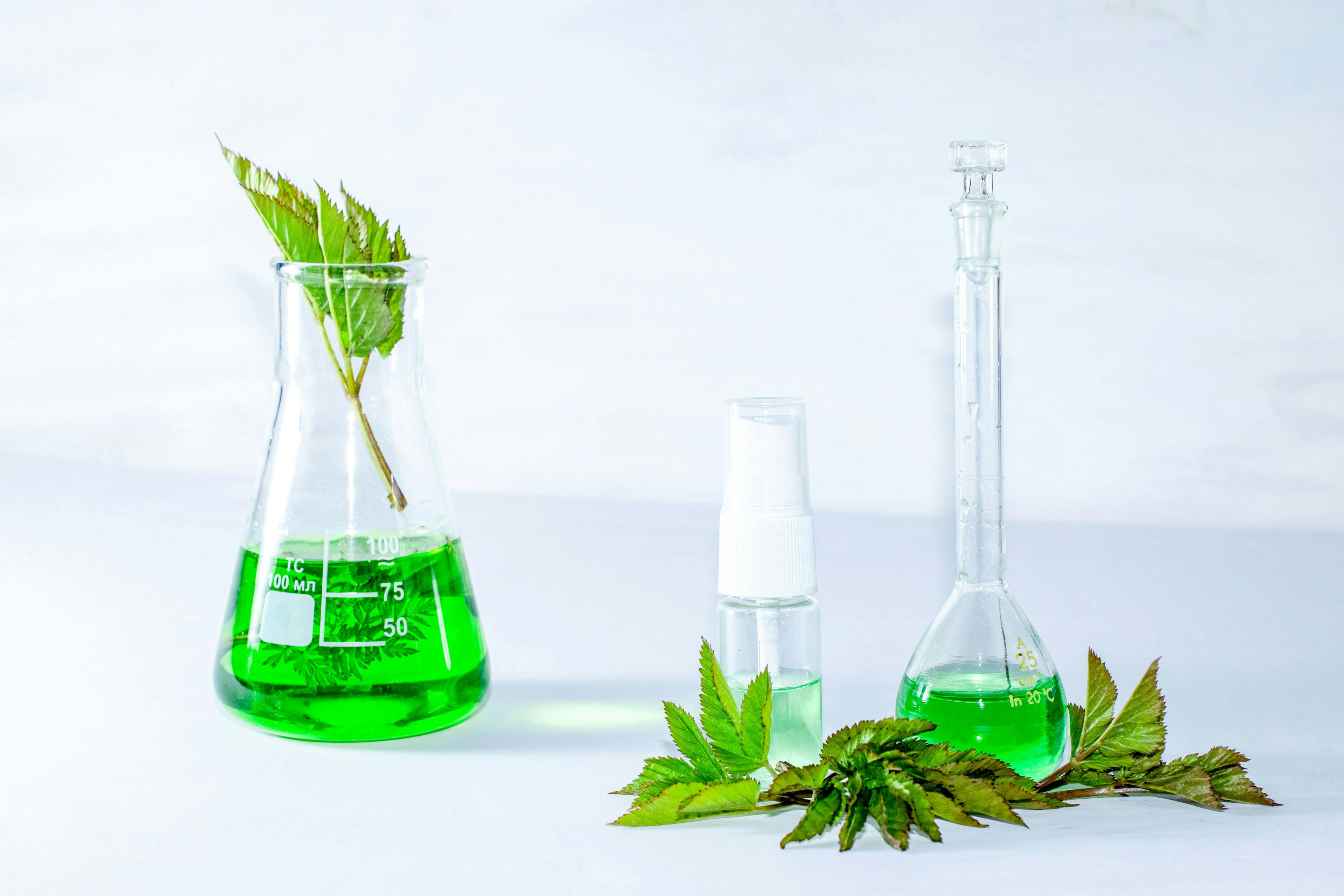Article Highlights
- GC–IMS is proposed as a greener alternative to GC–MS in volatilomics, addressing concerns about environmental impact and resource utilization.
- It offers advantages such as simplicity, real-time detection, low resource requirements, and portability.
- The study emphasizes the environmental benefits of GC–IMS, showcasing its potential to reduce energy consumption and resource utilization compared to GC–MS.
- Chemometric techniques applied to GC–IMS analysis demonstrate its accuracy and reliability, positioning it as a high-performing, sustainable analytical platform aligned with Green Analytical Chemistry principles.
A recent study published in TrAC Trends in Analytical Chemistry suggests that gas chromatography–ion mobility spectrometry (GC–IMS) can be a greener alternative to GC–mass spectrometry (GC–MS) in volatilomics, according to lead authors Hadi Parastar and Philipp Weller.
Green chemistry methods have become a hot topic in chromatographic circles. Because of climate concerns and external sustainability efforts, there has been an increased focus on improving analytical methods to be more environmentally conscious.
Volatilomics is the study of volatile organic compounds (VOCs) in biological systems. Although GC–MS has been routinely used to conduct this type of analysis, this method is dependent on diminishing natural resources, such as helium gas (1). As a result, this dependence on an essential element needed for society to thrive has raised concerns about the environmental impact this method has (1). Because of this concern, researchers have critically examined whether a more sustainable alternative could be used and perform just as effectively.
Parastar and Weller’s study tackles this issue head-on. In their study, they proposed that GC–IMS can be potentially used as a solution. This is because, according to the researchers, GC–IMS is a more simple and robust technique when compared to GC–MS, which could help reduce its deleterious impact on the environment (1).
GC–IMS can detect and quantify volatiles at extremely low concentrations in real-time, which makes it a versatile tool for various scientific and industrial applications. Its exceptional time resolution enables dynamic process monitoring, making it invaluable in fields such as food processing, environmental monitoring, and pharmaceutical analysis (1,2).
Moreover, the inherent simplicity of GC–IMS facilitates its integration into miniaturized analytical platforms, further enhancing its portability and reducing resource requirements (1). Advances in manufacturing techniques enable the development of ultra-portable GC–IMS systems, suitable for diverse applications, including remote sensing and on-site analysis.
Their review article focused extensively on the environmental benefits of GC–IMS over GC–MS, highlighting its potential to significantly reduce energy consumption and resource utilization (1). By leveraging greenness measuring tools, the authors provide insights into the comparative environmental impact of these analytical techniques, affirming GC–IMS as a greener alternative (1).
Furthermore, the study also examined applying chemometric techniques within the framework of GC–IMS analysis. Doing so allowed the researchers to demonstrate that GC–IMS can achieve accurate and reliable results (1). Parastar and Weller’s evaluation confirmed that GC–IMS is a high-performing analytical platform, and it also alleviates many of the concerns researchers have with GC–MS from a sustainability perspective. As a result, the researchers showed that GC–IMS is a green alternative aligned with the principles of Green Analytical Chemistry (GAC) (1).
With its minimal environmental footprint and versatile capabilities, GC–IMS serves as an attractive alternative technique for researchers to conduct gas phase analysis.
References
(1) Parastar, H.; Weller, P. Towards Greener Volatilomics: Is GC–IMS the New Swiss Army Knife of Gas Phase Analysis? TrAC Trends Anal. Chem. 2024, 170, 117438. DOI: 10.1016/j.trac.2023.117438
(2) Freire, R.; Fernandez, L.; Mallafre-Muro, C.; et al. Full Workflows for the Analysis of Gas Chromatography —Ion Mobility Spectrometry in Foodomics: Application to the Analysis of Iberian Ham Aroma. Sensors 2021, 21 (18), 6156. DOI: 10.3390/s21186156

















